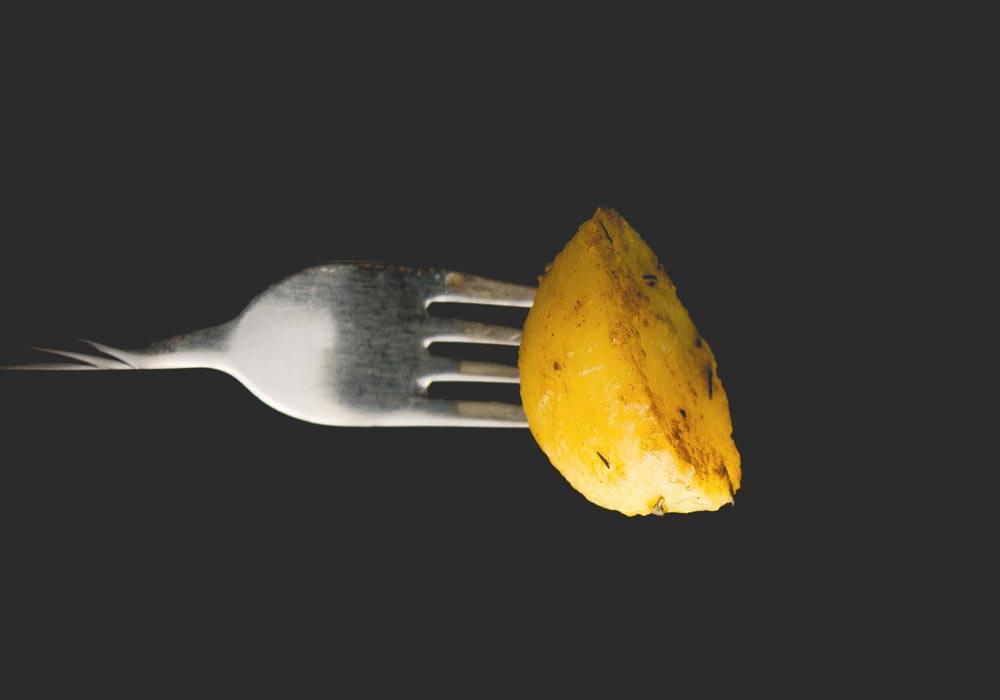Matcha tea has been growing in popularity as both a hot and cold beverage. Now, people are discovering other uses for the healthiest green tea available. Retail and online stores are offering everything from matcha tea capsules as a supplement, face masks for skin care, and matcha candy to help prevent gum disease.
Long a staple in the better coffee and tea shops, matcha tea is finally coming into its own as a full-blown supplement and food ingredient. As the medical evidence continues to roll in about matcha’s uses as a preventive for cancer, influenza, high blood pressure and stomach disorders, consumers will no doubt discover additional uses for the humble little tea plant that has played a role in human history for more than a thousand years. Here are some of the more intriguing uses for matcha tea:
Health supplement in capsule form
Walk into any health food store and saunter over to the display of matcha tea supplement capsules. You will quickly discover that the choices are dizzying, the ingredient lists anything but uniform, and the prices all over the map. What to do when faced with total confusion when shopping for matcha green tea as a nutritional supplement? The number one rule is to read labels carefully. Bring a magnifying glass with you if that helps.
Online, the same situation prevails. There are many players in this field and it helps to stick with a brand name you already know and trust. If you are set on foregoing the delicious taste of matcha tea as a beverage (for whatever reason), capsule supplements can be a wise choice, provided the product contains at least half of the nutrients found in the actual tea powder.
Some supplements will use the word “extract” on the label, and many of these contain much less of the catechins and other healthful ingredients that are in matcha tea. The better brands offer pure tea powder in their capsules, which means you can expect to get the full dose of antioxidants and chlorophyll that authentic matcha tea delivers.
Check pricing as well because you’ll not want to pay more for supplements than for food-grade tea. If the product is an extract and you have to take four or six capsules per day, you could be shelling out a lot of money for nothing. Find a good product that is priced right and contains real matcha tea. That way, the supplement capsules will be able to offer everything you’d get from drinking matcha tea.
Facial mask (make your own)
Spas and salons have long offered matcha tea facials and masks, but if you want to go the DIY route, making a matcha mask at home is both simple and educational. The antioxidants in green tea, matcha especially, offer many benefits for dry, tired skin that has been roughed up by the sun and wind.
Matcha facial masks can help prevent UV damage and help add a nice glow to the skin. High-end salons charge a “healthy” price for green tea masks, but the do-it-yourself version costs less than a cup of tea!
Simply place about one teaspoon of matcha tea into a glass bowl and (very) slowly add water and a bit of Aloe Vera gel. Stir constantly until you’ve added enough water and gel to make the substance about the consistency of toothpaste. The point is to make it thick enough that it doesn’t run when applied, but not so thick that you can’t work with it.
Let the substance sit for a few minutes while you thoroughly wash your face. Apply the mask and leave it on for between 10 and 20 minutes. Feel the glow!
Coconut and Matcha Moisturizer (make your own)
For a non-greasy moisturizing lotion, you’ll need one-quarter of an ounce of 100 percent pure bee’s wax, two teaspoons matcha tea powder, one ounce of almond oil, and (optional) a dash of rosehip seed oil.
Melt all ingredients (except the tea) together in a double boiler. Add the tea and keep the mixture warm for about 15 minutes (this allows the tea enough time to blend with the oils).
Place everything into a large cup and get a small hand-mixer out. Now whip it (whip it good), until it becomes creamy and no longer warm. This lotion has a really long shelf life but needs to be stored out of direct light and in a cool place.
Mashed matcha potatoes and milkshakes
One of the most prevalent uses of matcha tea besides in a hot beverage is as a cooking and baking ingredient. A large percentage of commercial matcha sold ends up in foods around the world, with some of the best chefs adding the nutritional powerhouse to hundreds of recipes.
Two of the easiest ways to combine matcha with traditional foods and desserts are delicious, fun and utterly simple. Perk up any milkshake or smoothie by adding a teaspoon or two of matcha tea during the preparation process. The result is a much more nutritious and colorful drink, with a unique taste that actually enhances the natural flavor of ice cream and milk.
Boring mashed potatoes become super-healthy green vegetables with one or two tablespoons of food grade matcha tossed into the mix. Be careful, though. Most people who start to investigate matcha recipes quickly become addicted to the process.
Matcha tea is much more than an ancient drink monks consumed during Japanese tea ceremony. It is the focus of numerous medical studies that attempt to explain the various ways that green teas are able to apparently stifle tumor growth, enhance memory, fight infection and help to cleanse the body. Matcha tea in particular contains high levels of antioxidants and is nowadays taken in both liquid and capsule form.
It’s fun to explore the many uses of matcha tea. The facial mask recipe above is simple to make, and the supplements are widely available but consumers need to read labels very carefully.
